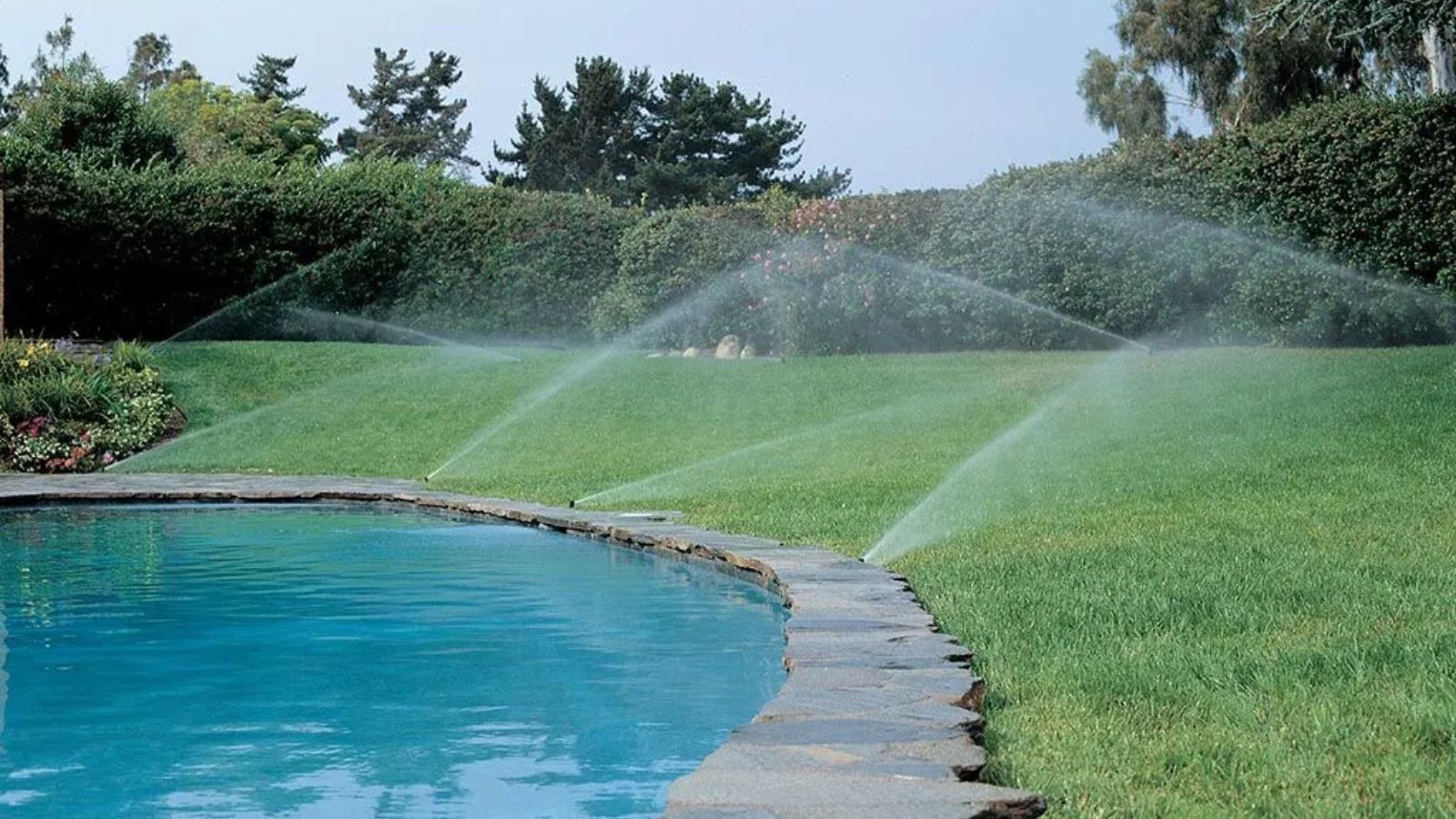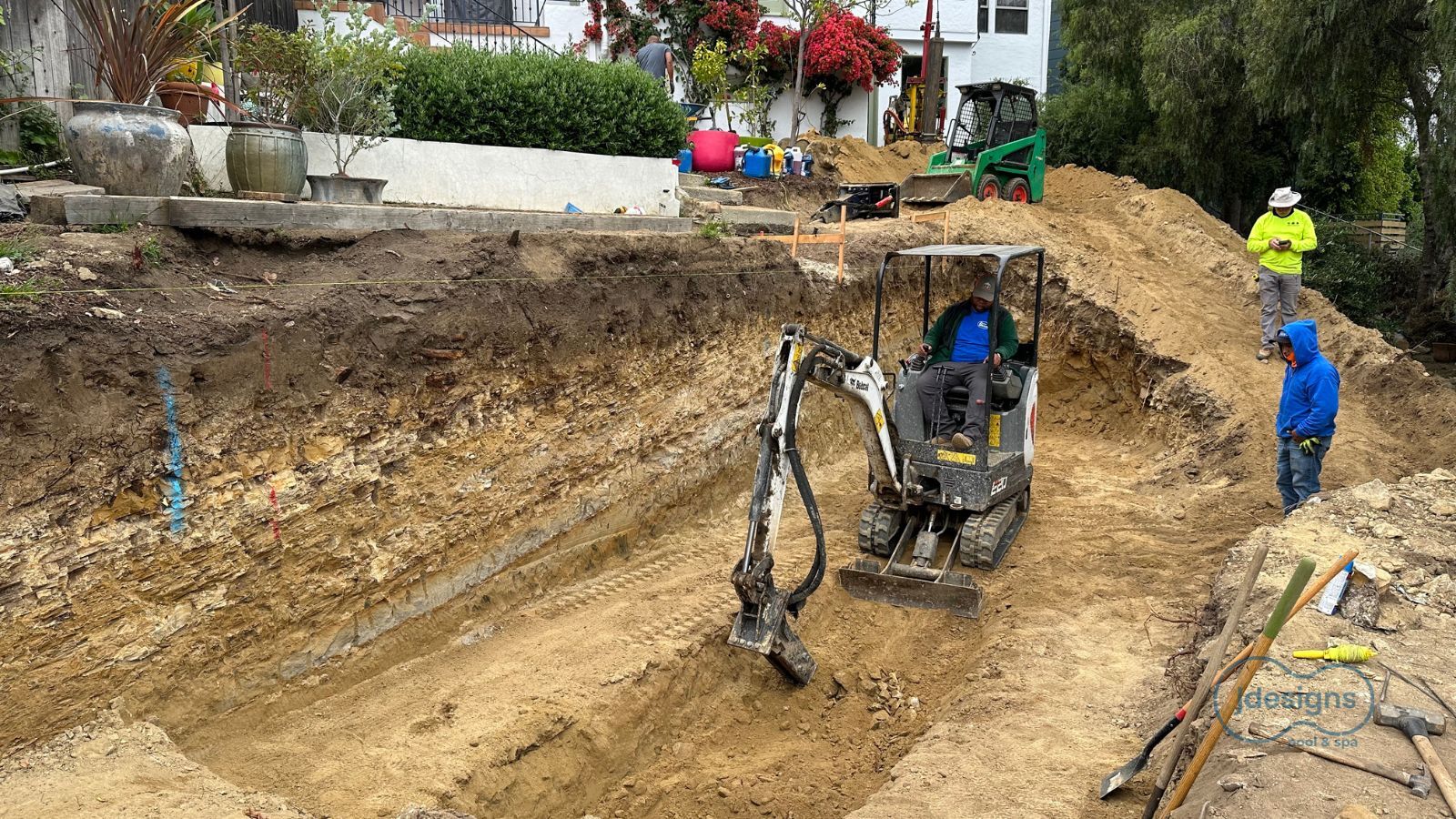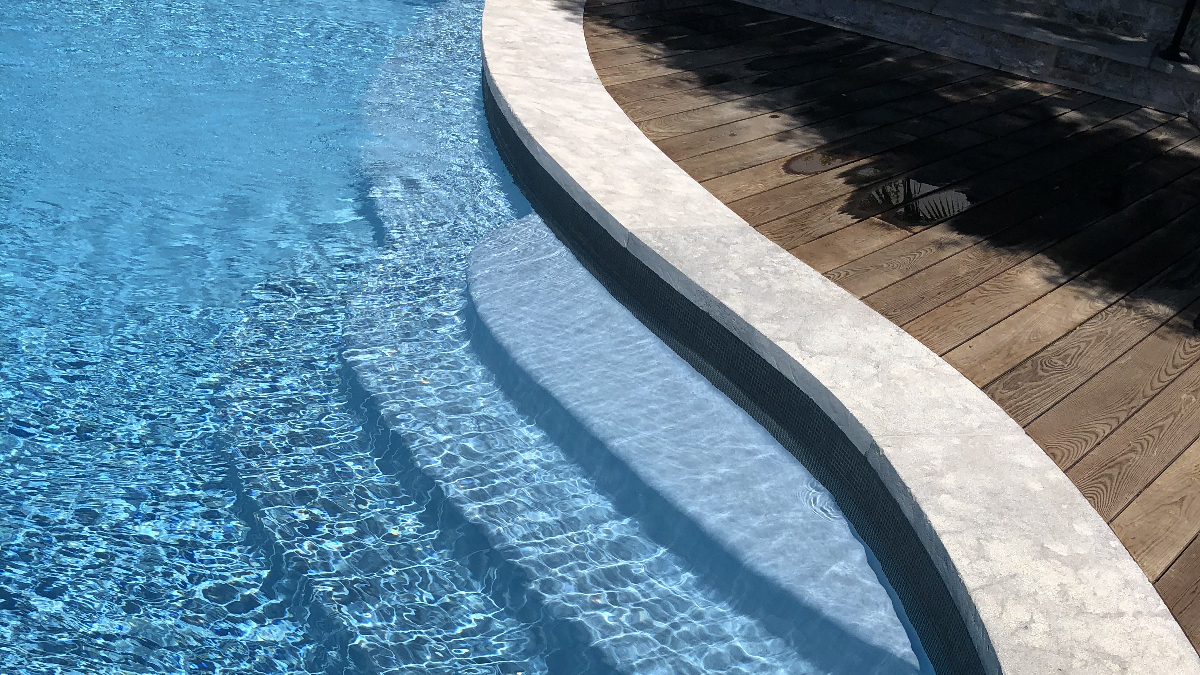Do You Need a Soils Report Before Pool Construction in LA?
The Hidden Soil Risks That Can Destroy Your Pool and Budget Why a Proper Soils Exploration Is Critical Before Building a Pool: A homeowner’s guide to...
3 min read
Daniela Escudero
:
Aug 9, 2025

If you live in a drought-prone state like California, chances are you’ve heard this before:
“Don’t build a pool—it’s a water waster.”
But here’s the reality: That idea is outdated and misleading. When you look at the facts, pools actually use significantly less water than lawns, and in many cases, they can be part of an eco-smart solution, to a more water-responsible landscape.
Let’s break down the numbers, the misconceptions, and the real story behind pools and water use.
One of the biggest misconceptions is that pools are wasteful because they require a large amount of water to fill and maintain. The truth? Pools are actually water retention vessels.
Here’s why:
A properly built in-ground pool captures the first 3 to 4 inches of rainfall across its surface, helping retain water on-site instead of letting it run off into storm drains.
A well-maintained pool, especially with a cover, experiences minimal evaporation and rarely needs to be topped off significantly.
According to the California Pool & Spa Association, a well-maintained pool uses roughly half the water that an irrigated lawn of the same size would consume over a year.

Let’s put some actual data behind it.
Most backyard pools are around 15x30 feet, or 450 square feet—and that’s 450 sq ft of lawn you’re no longer watering without counting on pool deck areas. A typical lawn area of that size would require:
6 sprinkler heads consume + - 17 gallons per minute each
Watering 3 times a week for 10 minutes
~3,060 gallons per sprinkler per week
~162,180 gallons per year total
That adds up fast, right? In short, more than 160,000+ gallons per year are needed to keep that grass alive.
By contrast:
An average pool uses approximately 20,000 gallons to fill for the first time. (Depending on Pool size)
Ongoing top-off and evaporation loss? Roughly 10,000 gallons per year.
That’s a 94% reduction in annual water use when you replace lawn with pool and deck.
And remember: that doesn’t even factor in the additional space often covered by hardscaping, like your pool deck, which uses zero water compared to the landscaping it replaces.

20,000 gallons = ~26.7 HCF (Hundred Cubic Feet)
Depending on your water usage tier, here's what you could expect:
| Tier | Rate per HCF | Fill Cost (26.7 HCF) |
|---|---|---|
| Tier 2 (common) | ~$6.23 | ~$166 |
| Tier 3 (likely during summer) | ~$10.44 | ~$279 |
| Tier 4 (high-use households) | ~$12.79 | ~$341 |
Most households will spend between $275–$345 to fill a standard 20,000-gallon pool.
Now compare that to the cost of watering an equivalent lawn all year:
A 450 sq ft lawn can use 160,000+ gallons per year
That’s over 240 HCF, putting most homes into *Tier 4 rates
Resulting in $2,500–$3,000 per year in irrigation water costs alone
So, even factoring in the cost to fill your pool, you still come out far ahead over time.
*Tiers and average water cost mentioned in this article are referenced from the LADWP website at the time this article was published.

When we install a new pool, the process typically takes 3 to 6 months. During that time, you’re not watering the area where the pool and deck will go.
In nearly every project we’ve tracked, the water savings from paused irrigation during construction are enough to fill the pool the first time. That means your net water use is essentially zero when construction is complete.
In just the past five years, we’ve built over 100 custom pools. Each project replaced about 1,000 + -square feet of previously irrigated landscaping.
Now, those same areas are occupied by pools and decks—some even covered—resulting in up to 90% less water usage compared to lawns.
That’s not speculation. That’s a measurable, real-world impact and savings in your checkbook.
Additionally, pools offer added value through healthy exercise, recreation, cooling, aesthetics, and, in some cases, enhanced fire safety.

At a glance, it’s easy to assume lawns are the more eco-friendly choice. But once you dive into the actual usage data, the opposite becomes clear. Since 2008, J Designs has also installed pool covers and artificial turf in many backyards, contributing to a more sustainable hardscape option.
A pool isn’t just a luxury—it can also be a smart, sustainable upgrade to your outdoor space.
Want to learn how to drought-proof your pool deck?
Read our guide: “Hardscape Options”
If you are ready to make a difference and want to be part of the solution while improving your health and the quality of life of your loved ones, you need to meet one of our designers. Use the link below and let's design an eco-friendly backyard.

The Hidden Soil Risks That Can Destroy Your Pool and Budget Why a Proper Soils Exploration Is Critical Before Building a Pool: A homeowner’s guide to...

Why Pool Coping Fails - How to Avoid Expensive Repairs If you’re planning a new pool or renovating an older one, it’s completely normal to feel...

Have you ever wondered why your pool company talks about “certified technicians”? Or why does Los Angeles County require strict training and testing...